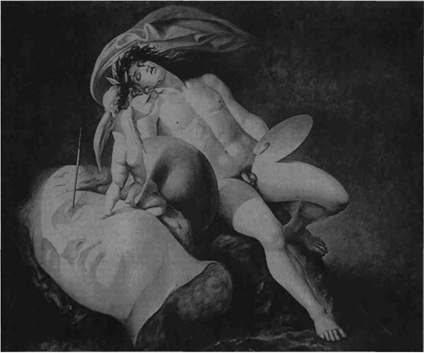Andrew Graham-Dixon on some new views of classical art
THIS IS the age of the catchy exhibition title. Curators have gone publicity-conscious, dreaming up a whole series of snappy oneliners to entice the British public into their galleries. Last year the Hayward Annual rejoiced in a title pilfered from T.S. Eliot's The Hollow Men, "Falls the Shadow", which nobody, not even those who thought it up, seemed able to explain. This year we have had "The Vigorous Imagination" (re-cent Scottish art at the Edinburgh Festival, which proved anything but vigorous), and "Manners and Morals" (British eighteenth cen-tury art at the Tate, where Hogarth's moralities were drowned out by the mannered works of his contemporaries).
Not to be outdone, the organisers of the first "Edinburgh International" a large show of international contemporary art which opened on Friday at the Royal Scottish Academy have called their exhibition "Reason and Emotion." On a scale of 0 to 10, it deserves a 9.9 for woolliness, and makes this particular Christmas package look hastily gift-wrapped. But don't be put off, this is a fine, challenging exhibition.
As you walk up the Academy's formal staircase, the first work to confront you is Ian Hamilton Finlay's Aphrodite of the Terror. A pristine white cast of the Venus de Medici, she seems at home in her classical architectural context. Around her neck, she wears a thin red silken thread worn during the Terror, according to Finlay's gloss in the catalogue, to indicate that friends or relatives had lost their heads to the guillotine. Another of Finlay's rallying calls for a return to classical values, his Aphrodite is meant as a lament for the dead past: he explains that she signifies "the loss of Olympian relatives and refers not to the Revolution's 'Sublime' Terror but rather to the subsequent,...


